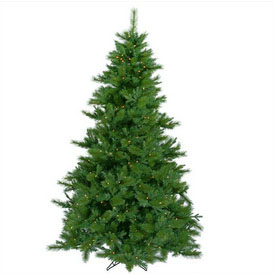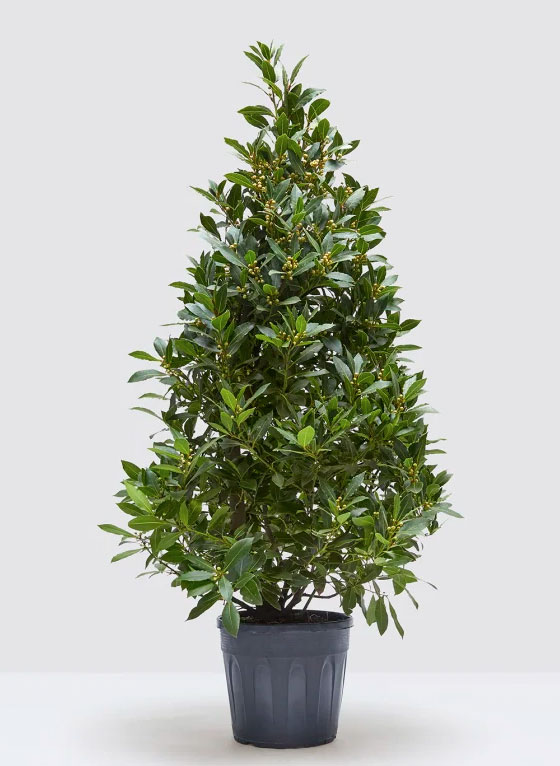For Christmas 2022, we didn’t have a Christmas tree. Christmas was dismal in those dark days of December. I have learned that northern winters need cheer to get though them. And a Christmas tree hits the spot. But it can be difficult to choose a tree that does not increase your carbon footprint.
Does one go for a real Christmas tree or an artificial tree. Which tree has the lowest carbon footprint? Which is the least wasteful? Is there an alternative?
I’ve been doing a little bit of research on this matter. I got the most helpful information from The Soil Association. I’ll share.
The Carbon Footprint of Artificial Trees

Artificial trees are mostly made in China. The manufacturers use plastic, polyvinal chloride (PVC), and metal. Then they are shipped across the world.
They use up a lot of resources and fuel. Therefore, a two-metre / six foot artificial tree has a carbon footprint of about 40kg, according to the Carbon Trust. This is ten times more than a real tree that gets burned after Christmas. So to justify the carbon footprint of an artificial tree, you need to re-use it for at least 10 years.
The Carbon Footprint of Real Trees
Conifers
Real trees are ordinarily locally produced (in the same country where they are consumed) so they are not transported across the world. Trees, especially from small businesses, are often grown organically, without pesticides, and can be purchased near your home. This means they are a natural resource with natural inputs. Then at a bigger scale, Forest Stewardship Council (FSC) certified trees are managed responsibly with fewer pesticides.
Conifers take 10 to 12 years to grow six foot. While they grow, they capture carbon, filter the air and give wildlife a place to live. When the festive season is over, the all-important thing is to dispose of your tree so that it is shredded for making compost. If you do this, the carbon footprint of your tree will be negligible. You can get advice on responsible disposal of your Christmas tree from Gov.uk.

Bayleaf Trees
A bayleaf tree can be a festive centerpiece for the season. They thrive in a pot in the garden. And only need fleece protection when temperatures drop to -5° centigrade. Otherwise, they are hardy.

These days, there are some beautiful decorative bayleaf trees available here in the UK. And they have both aesthetic and culinary value all year around. So you will not need to throw your bayleaf tree away after Christmas. Thus it will go on absorbing carbon all year round and give you oxygen in exchange. As a result, it will reduce your overall carbon footprint.
I trust this information about Christmas trees is useful.
Sources
Soil Association
Carbon Trust
Gov.uk: Christmas Tree Disposal
Bayleaf care
